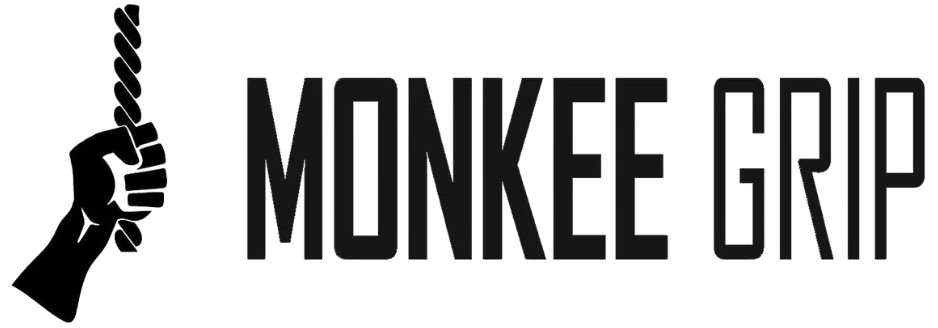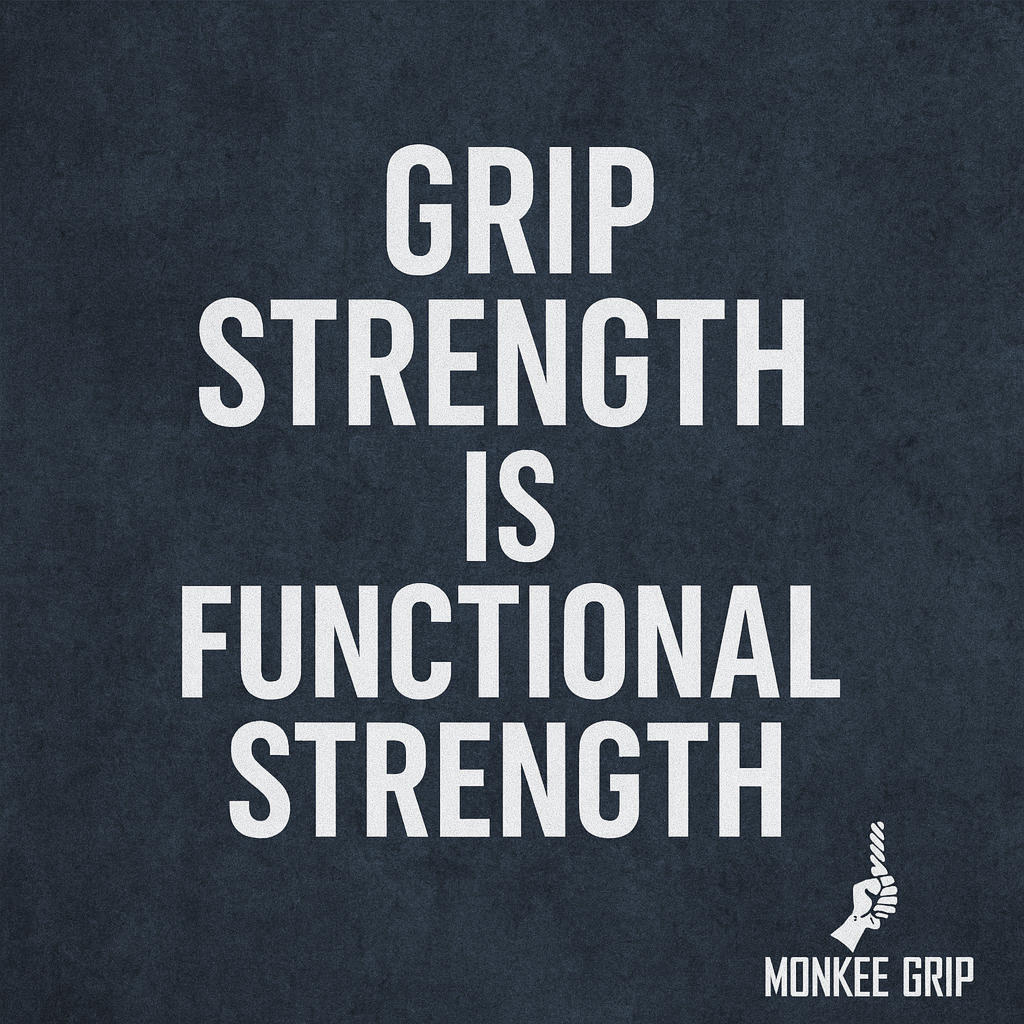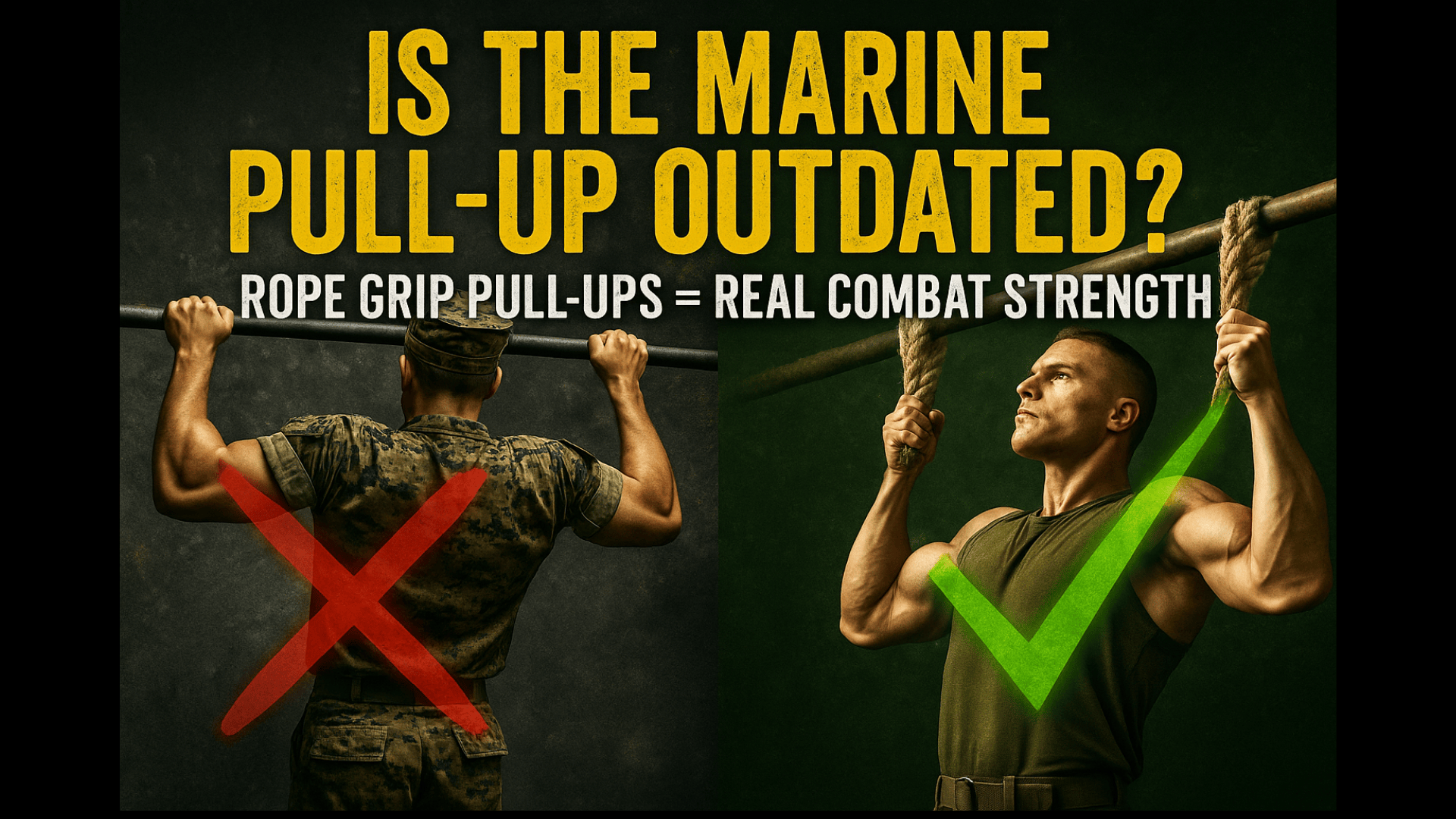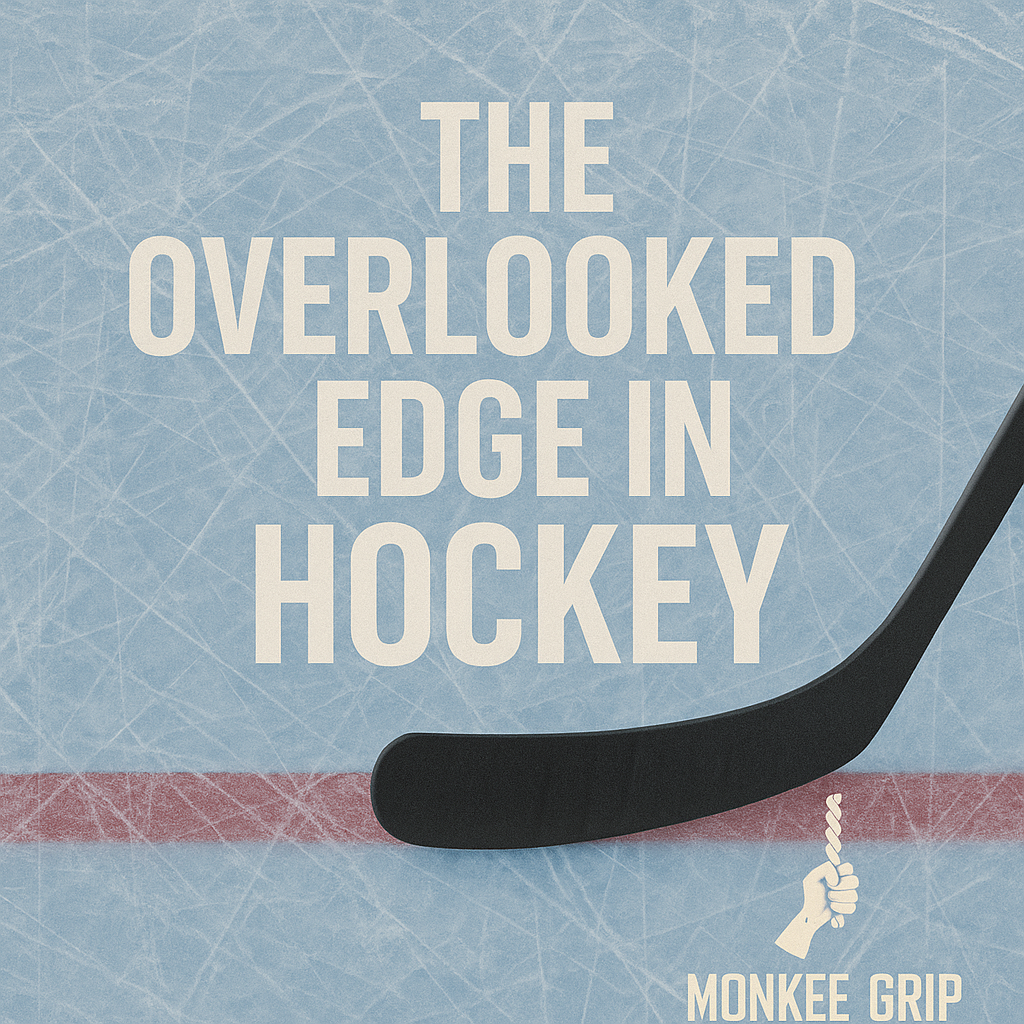Why Grip Strength Matters More in Hockey Than You Think
The Overlooked Edge in Modern Hockey
Hockey keeps getting faster. Every year, players are skating harder, shooting quicker, and reacting faster. But while most athletes double down on leg strength and cardio, there’s one area almost everyone overlooks — their grip.
Your grip isn’t just about holding a stick. It’s the transfer point between your upper body and everything that happens on the ice. That’s why grip training for hockey players has become a hidden edge, directly connecting grip strength in the gym to better control on the ice. A stronger grip creates better control, more explosive power, and the ability to stay locked in when battles get physical.
Grip Power = On-Ice Power
Think about every key hockey movement — the slap shot, wrist shot, poke check, faceoff, or puck battle along the boards. Each starts with tension through your hands and forearms. That strength determines how much energy transfers from your body into the puck, your stride, or your opponent.
When your grip is weak, power leaks out before it ever hits the ice. When it’s strong, you move, shoot, and react with more force and precision.
Why Traditional Training Falls Short
Most players hit the gym focusing on big lifts — squats, presses, and pulls — but rarely train the smaller stabilizers in their hands, wrists, and forearms. That’s where performance gaps form.
Old-school grip trainers (spring-loaded hand grippers or stress balls) isolate the hands but don’t engage the full chain of muscles that actually matter in a hockey movement. Real grip strength comes from load-bearing, dynamic training — gripping against resistance while your whole body is working.
How Grip Training Improves Every Part of Your Game
1. Stronger, More Accurate Shots
Better grip strength gives you more control and stability through your stick. That means harder shots and faster releases, especially on wrist shots where forearm snap is everything. Developing hockey wrist strength gives players that extra pop off the blade — more precision and speed when it counts. A stronger grip also helps you maintain precision even under contact, so your release stays consistent when it matters most.
2. Improved Stickhandling & Control
Ever lose control in traffic when fatigue set in? Forearm endurance keeps your hands responsive deep into the third period. The more grip endurance you build, the smoother your puck touches stay, letting you control the game even when everyone else is gassed.
3. Better Balance & Skating Drive
A powerful grip tightens the kinetic chain from your hands through your core — giving you more drive with each stride. The extra stability translates to stronger pushes and cleaner transitions, improving overall skating efficiency from the first whistle to the last.
4. Injury Prevention
Stronger forearms support your wrists and elbows, reducing overuse injuries common in hockey. Stability equals longevity, keeping you healthy through long seasons and helping prevent the nagging tweaks that slow down your training and performance momentum.
Off-Ice Grip Training: Where Monkee Grips Come In
Off-ice training is where real gains happen — and that’s where Monkee Grips change the game.
By wrapping them around dumbbells, pull-up bars, or cables, you instantly force your grip and forearms to work harder. These movements double as some of the most effective forearm exercises for hockey, building functional strength that translates directly to game performance. Every curl, pull-up, and row becomes hockey-specific. Even the big lifts — deadlifts, squats, and farmer carries — hit differently when you’re gripping through the ropes. You’re building the same type of tension you use every time you take a shot, battle for a puck, or fight to stay balanced through contact.
No extra exercises, no added time — just more muscle activation from what you’re already doing.
Train Like You Play
At every level of hockey, small details separate good players from great ones. Grip strength might not be the flashiest part of your training, but it’s one of the most important. It gives you control, endurance, and the kind of raw stability that shows up when the game’s on the line.
So the next time you hit the gym or do your off-ice work, remember: your hands drive your performance.
Train your grip — and the rest of your game will follow.
🦍 Start training like you play at monkeegrip.com 💪



